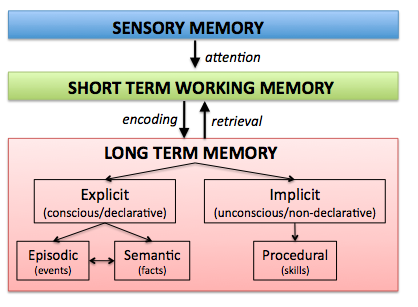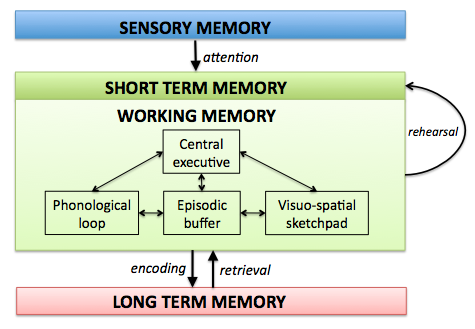Course Organisation
- Don’t worry if you missed the Questions and Comments from Week 2. You will still be able to do well on the assignment.
- We have tutorials! You can sign up on LEARN – the link to Tutorial Groups is on the left hand side, below “Announcements”. There are 8 groups at the moment. We start next week.
Starter
When Microsoft switched from Windows 7 to Windows 8, the new user interface was a shock, because it ditched most existing mental models of what the Windows operating system should look like.
This article is a good summary of the main critiques when Windows 8 first came out. (Also: Anyone remember netbooks?)
This article is a good reminder of why usability doesn’t predict sales. (Also remember: what Steve Jobs and Apple did was to make actual user needs, which can be quite different from what users think they need, part of their design process.)
Themes from Questions and Comments
Theme 1: Clarifying the different types of memory
What I am teaching you here is one particular type of theory, based on the approach of Alan Baddeley and colleagues, which is well studied and has a lot of evidence. The graphics below are based on this theory.


Theme 2: Can we avoid user bias?
No – we have to work with them and around them. One of the main points of understanding how perception works is that this knowledge allows you to exploit perceptual biases to structure user interfaces and guide the user’s attention. Perception and cognition are closely linked, for good reason.
Theme 3: Can mental models be changed and adapted?
Yes, they can – but you need to make sure it’s worth the effort
Theme 4: Recall versus recognition
if we want to build interfaces for people who use systems rarely, if we want to add in a layer of redundancy, if we want to help people who have forgotten the commands, we make sure people can recognise what to do.
If we want to make interfaces fast to operate, we support fast recall.